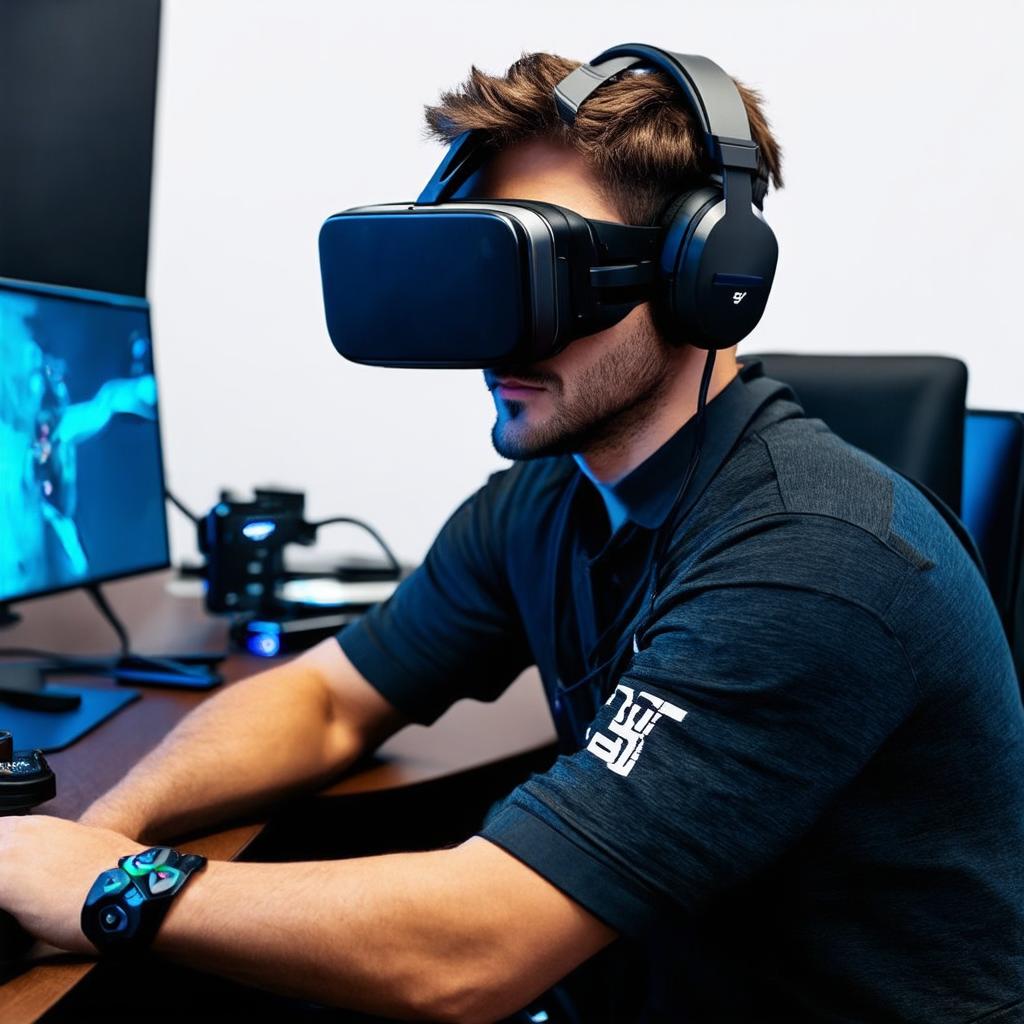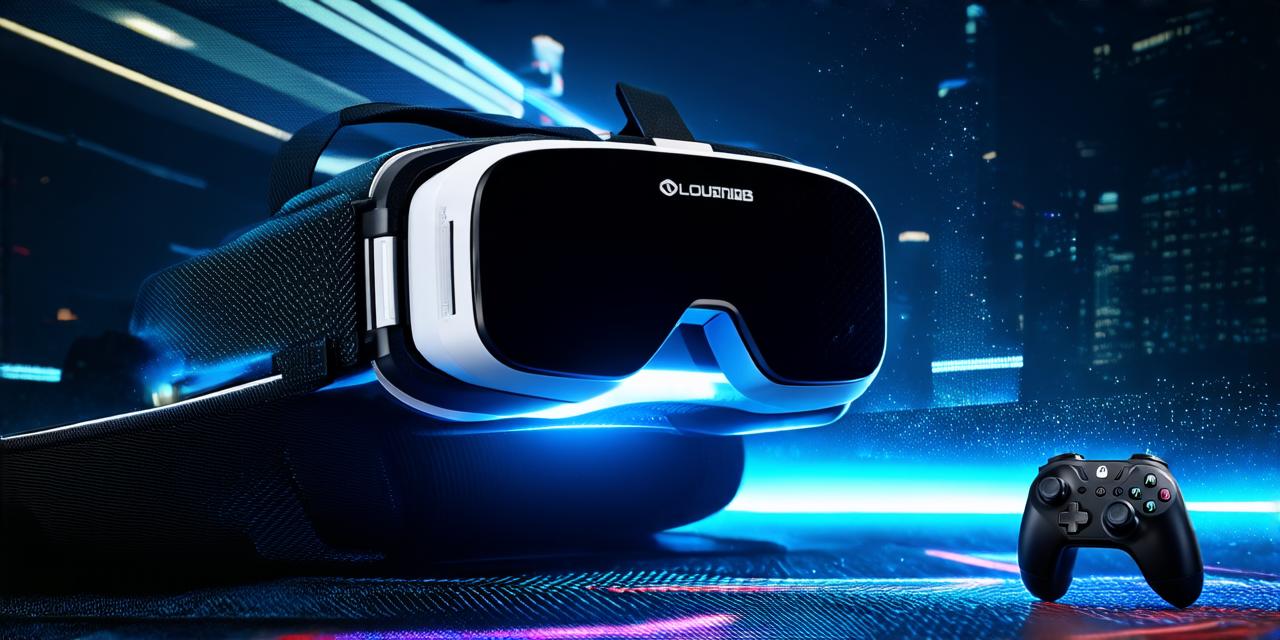Virtual reality (VR) games have become increasingly popular over the past few years. With advances in technology, VR gaming has become more immersive and interactive than ever before. However, with this newfound popularity comes a higher cost. In this article, we will explore the various factors that contribute to the cost of virtual reality games.
Hardware Cost
One of the main factors that contribute to the cost of virtual reality games is the hardware required to run them. The most popular VR headsets currently on the market are the Oculus Quest 2, HTC Vive Pro Eye, and Sony PlayStation VR. These headsets range in price from $399 to $449. In addition to a headset, users also need a powerful computer or gaming console to run the games. This can add another $500 to $1,000 to the overall cost of the system.
Game Development Cost
Another factor that contributes to the cost of virtual reality games is the cost of game development. Creating a VR game requires specialized skills and software, which can be expensive. Developers also need to account for the higher costs associated with testing and debugging in a virtual environment. All of these factors contribute to the overall cost of game development.
Marketing Cost
Virtual reality games require a significant amount of marketing to reach their target audience. This includes advertising, product placement, and influencer partnerships. The cost of marketing a VR game can be substantial, often reaching into the millions of dollars. This cost is typically passed on to the consumer in the form of higher prices for the game.
Content Cost
Finally, the cost of content creation plays a role in the cost of virtual reality games. Developers need to create high-quality graphics and immersive experiences that engage players. This requires specialized software and skilled labor, which can be expensive. The cost of creating content is often passed on to consumers in the form of higher game prices.

In conclusion, the cost of virtual reality games is influenced by a variety of factors, including hardware cost, game development cost, marketing cost, and content cost. While VR gaming can be an immersive and interactive experience, it comes at a higher cost than traditional console or PC gaming. As technology continues to advance and virtual reality becomes more mainstream, we can expect the cost of games to continue to rise.
